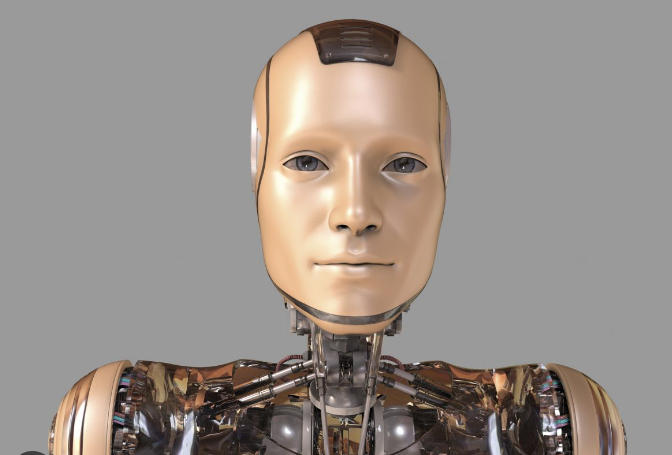Researchers at the University of Tokyo Develop Grinning Human Skin for Robot

Researchers at the University of Tokyo have achieved a groundbreaking milestone by growing human skin cells shaped like a face and manipulating them into a wide grin using embedded ligament-like attachments. This innovative approach marks a significant step towards creating more lifelike robots, according to lead researcher Shoji Takeuchi.
The team’s study, published online last month in Cell Reports Physical Science, showcases their decade-long effort to merge biological and artificial systems. By integrating actuators and anchors into the living skin, they have successfully demonstrated the ability to control and manipulate biological tissues in unprecedented ways.
“Attaching these actuators and anchors allowed us to manipulate living skin for the first time,” Takeuchi explained.
Compared to traditional metals and plastics, living tissue offers numerous advantages, including the energy efficiency found in brains and muscles and the skin’s inherent ability to self-repair. The researchers plan to further enhance their lab-grown skin by adding elements such as a circulatory system and nerves. This advancement could lead to more reliable testing platforms for cosmetics and pharmaceuticals and result in more realistic and functional robotic skins.
Despite these advancements, there remains the challenge of addressing the unsettling feelings people experience when encountering robots that appear almost human but not quite. Takeuchi acknowledged this challenge, stating, “There’s still a bit of that creepiness to it. I believe that creating robots from materials that closely resemble human tissues and expressions may be crucial to overcoming the uncanny valley.”
